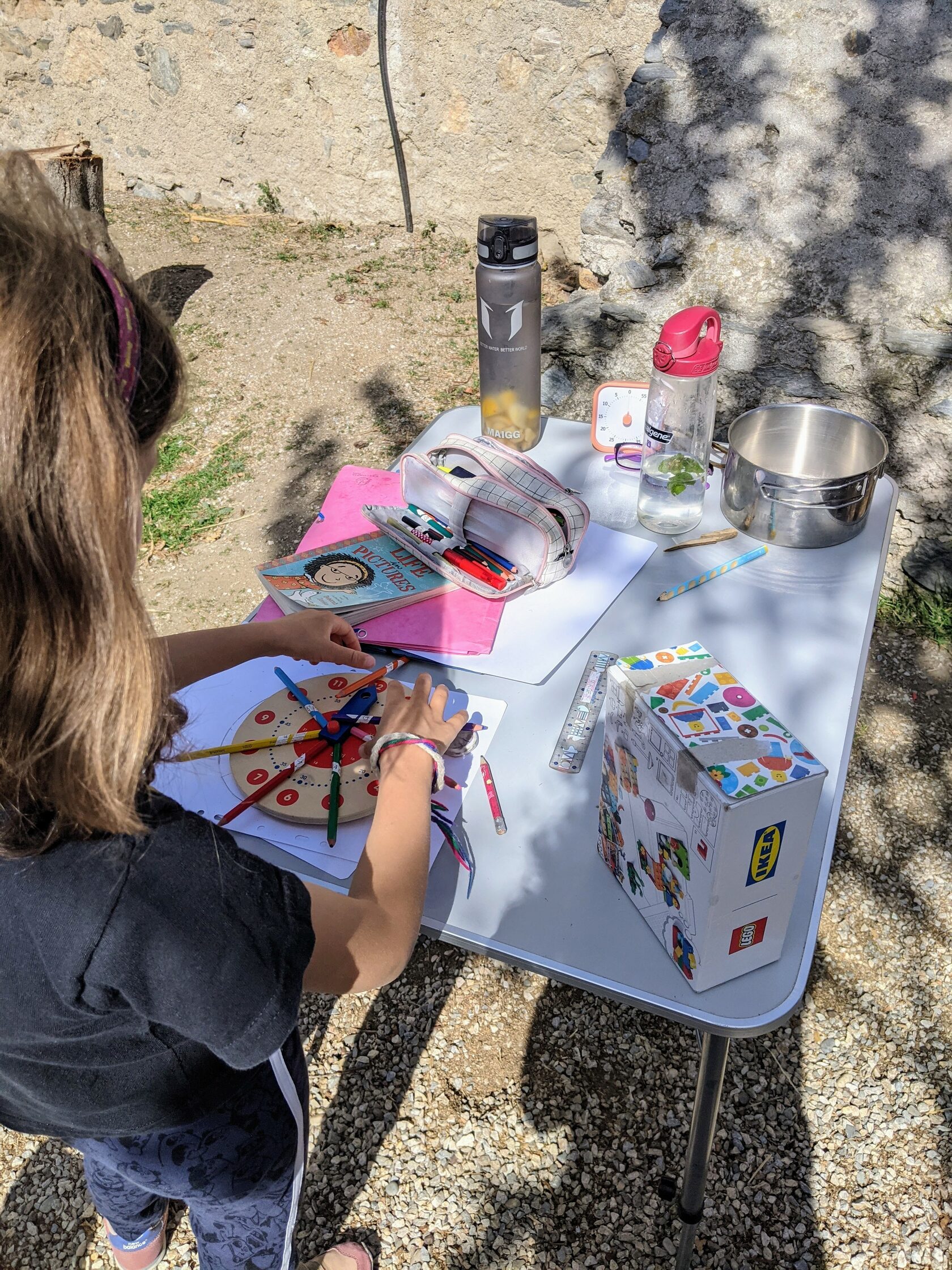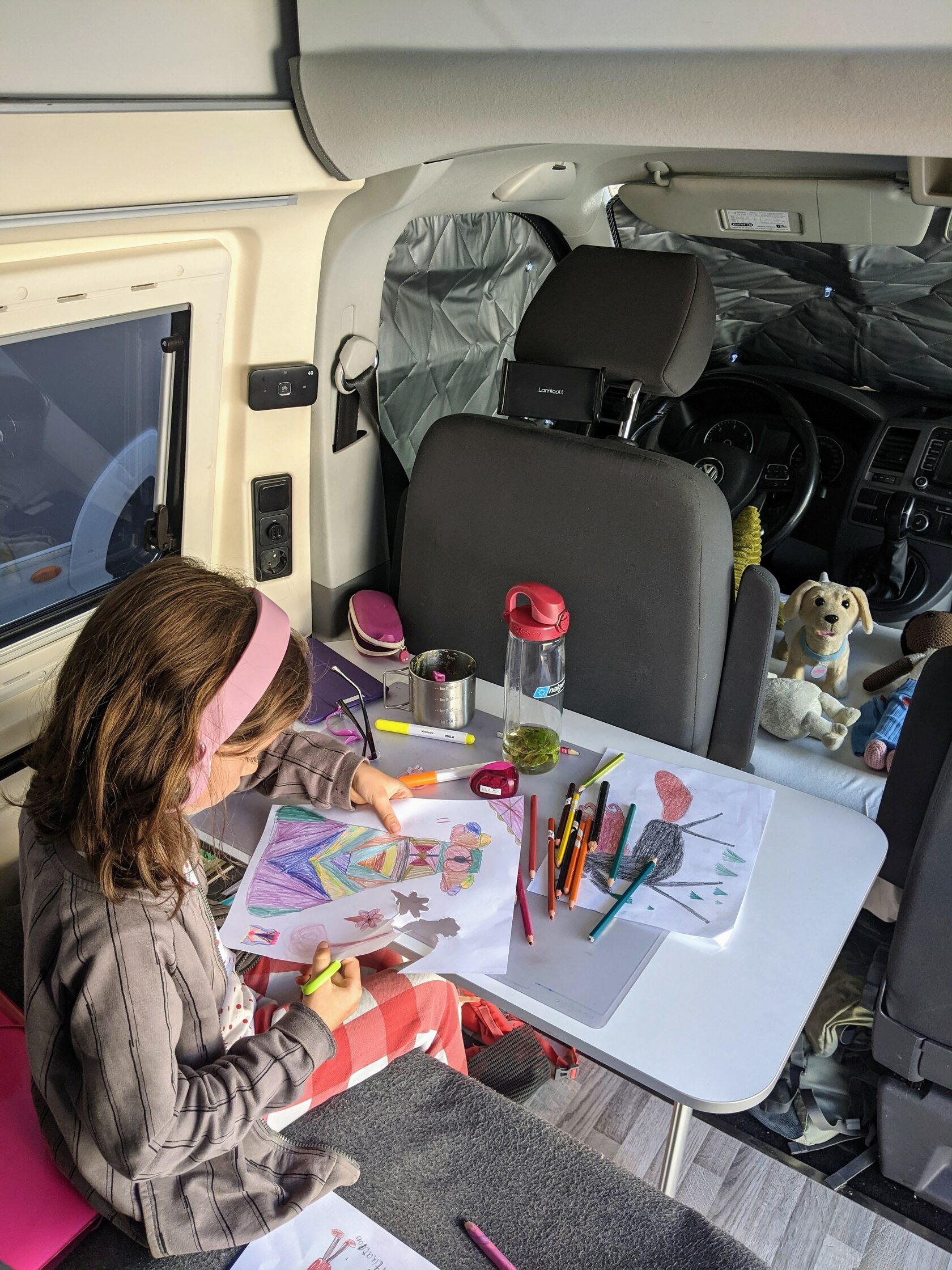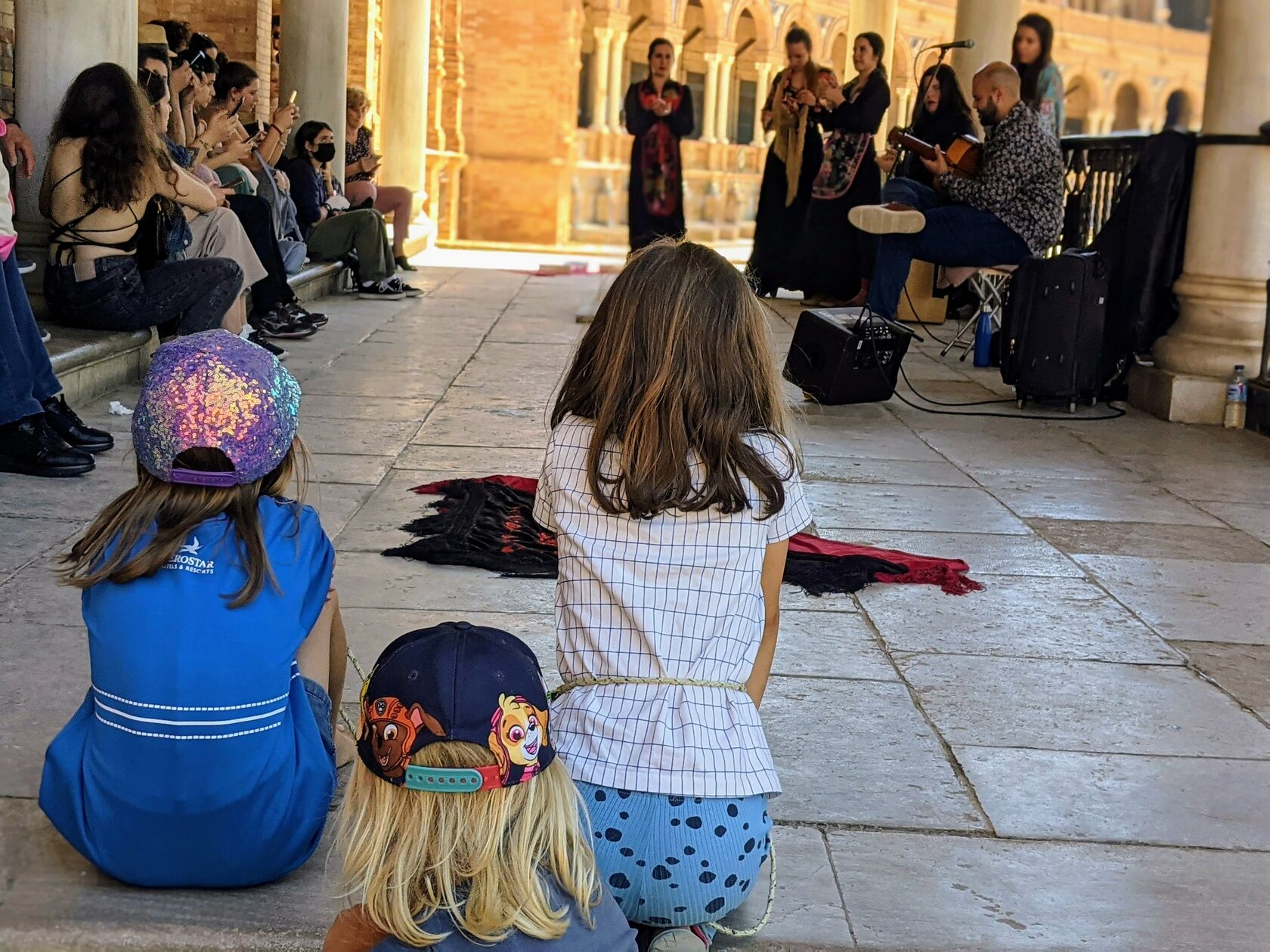As parents, we have the responsibility to guide and support our children on their learning journey, and one of the greatest gifts we can give our children is the ability to learn on their own. One of the most effective approaches to self-didactic learning is practicing what we are passionate about and what we need to improve weekly. This approach is essential for finding a balance between routine and spontaneity, which is key to developing a growth mindset around our learning process.
A vital aspect for a journey of learning is establishing a basic routine that outlines daily learning objectives. This routine should provide structure and stability for our children. Start by setting aside a specific time for a learning environment each day, and encourage your child to stick to it. This will help them develop good habits and make learning a fundamental part of their lifestyle. Another key aspect is to allow our children to suggest and decide what to include in their learning process. By supporting this approach, we are empowering them to take charge of their own education, leading to increased motivation and interest in the subjects they choose. This approach also fosters independence and self-reliance, skills that are vital for success in life.

Actionable Tips for Integrated Living: An Insightful Guide to Blending Routine and Spontaneity
Firstly, practicing what we are passionate about helps us to stay motivated and focused. When we are engaged in activities that we love, we are more likely to invest our time and effort into them, leading to improved learning outcomes.
Secondly, practicing what we need to improve weekly helps us to identify our weaknesses and work towards overcoming them. By encouraging our children to focus on areas where they need improvement, we enable them to develop a growth mindset in which challenges and failures are seen as opportunities for growth and development. This approach not only helps them to improve their skills but also builds resilience and grit, which are essential for success in life.
By incorporating both routine and spontaneity into our children's learning environment, we are providing them with the structure they need to succeed while also allowing for the freedom needed to explore and learn at their own pace. It's important to remember that every child learns differently, so be open to your child's suggestions and ideas for their own learning path. For example, you can encourage your child to set goals for the week that include designated times for projects, both for things they are passionate about, and things they need to improve. If your child loves to read out loud but does not like to practice writing much, they could set a guide to help them build the skill at their own pace. They can start by picking one of their favorite books, choosing meaningful passages, and with their favorite treat or at their favorite learning place, start practicing by copying the passages into a notebook, and then the level of writing practice complexity can be increased from there. This approach will not only help them develop a sense of autonomy but also foster a love of learning that will stay with them throughout their lives.
Secondly, practicing what we need to improve weekly helps us to identify our weaknesses and work towards overcoming them. By encouraging our children to focus on areas where they need improvement, we enable them to develop a growth mindset in which challenges and failures are seen as opportunities for growth and development. This approach not only helps them to improve their skills but also builds resilience and grit, which are essential for success in life.
By incorporating both routine and spontaneity into our children's learning environment, we are providing them with the structure they need to succeed while also allowing for the freedom needed to explore and learn at their own pace. It's important to remember that every child learns differently, so be open to your child's suggestions and ideas for their own learning path. For example, you can encourage your child to set goals for the week that include designated times for projects, both for things they are passionate about, and things they need to improve. If your child loves to read out loud but does not like to practice writing much, they could set a guide to help them build the skill at their own pace. They can start by picking one of their favorite books, choosing meaningful passages, and with their favorite treat or at their favorite learning place, start practicing by copying the passages into a notebook, and then the level of writing practice complexity can be increased from there. This approach will not only help them develop a sense of autonomy but also foster a love of learning that will stay with them throughout their lives.

Crafting a Balanced Life: Weekly Examples to Merge Predictability and Routine:
Monday morning routine: Start the week off with a routine that includes reviewing the previous week's accomplishments, setting goals for the week ahead, and planning out a daily schedule that includes both structured and unstructured time.
Exploration day: Dedicate one day a week to exploring a new topic or idea. This can be anything from walking in the forest or listening to a podcast, to conducting a science experiment or learning a new skill. Encourage your child to explore their interests and passions by allowing them to choose what they want to explore.
Field trips: Take your child on field trips to museums, art exhibitions, or historical sites. These trips will not only provide a change of scenery but also help your child learn about different cultures, history, art, and science, among other fields.
Friday reflection: End the week with a routine that includes reflecting on the week's accomplishments, identifying areas for improvement, and setting new goals for the following week.
Exploration day: Dedicate one day a week to exploring a new topic or idea. This can be anything from walking in the forest or listening to a podcast, to conducting a science experiment or learning a new skill. Encourage your child to explore their interests and passions by allowing them to choose what they want to explore.
Field trips: Take your child on field trips to museums, art exhibitions, or historical sites. These trips will not only provide a change of scenery but also help your child learn about different cultures, history, art, and science, among other fields.
Friday reflection: End the week with a routine that includes reflecting on the week's accomplishments, identifying areas for improvement, and setting new goals for the following week.

In conclusion, striking a balance between routine and spontaneity is key to creating a successful self-didactic learning environment. By incorporating weekly routines that include both structured and unstructured time, as well as designated exploration days, you can create an environment that is fun, engaging, and fulfilling. Learning becomes an enjoyable experience rather than a chore, leading to a lifelong love of learning.
